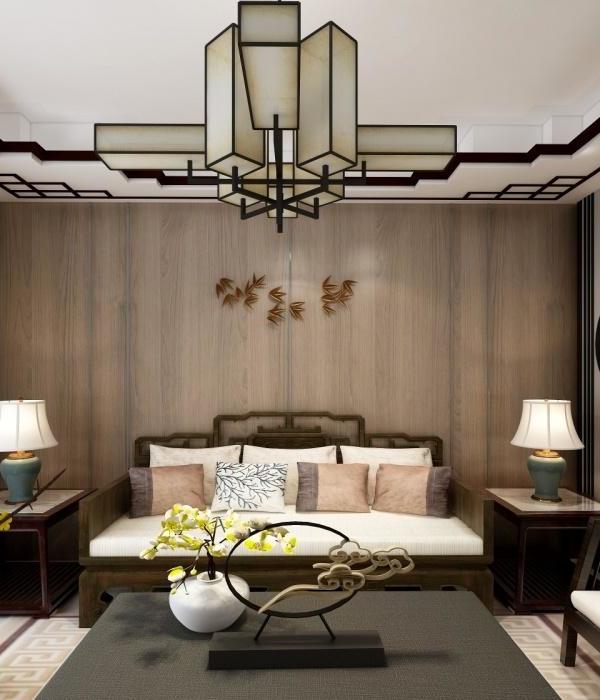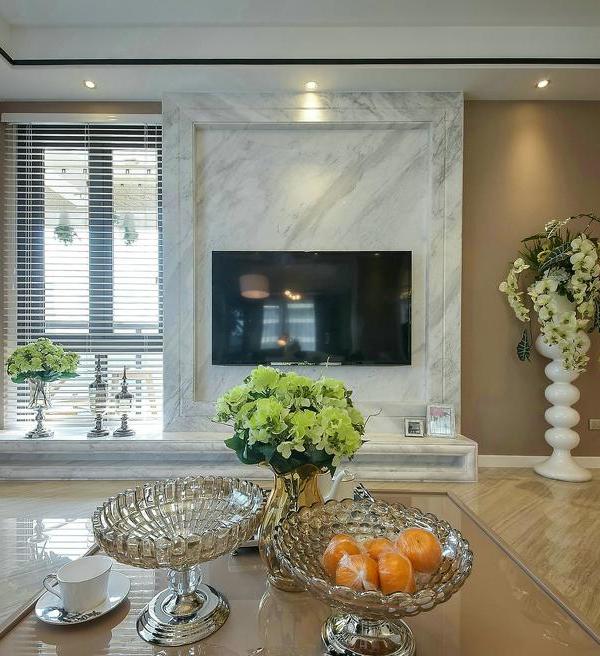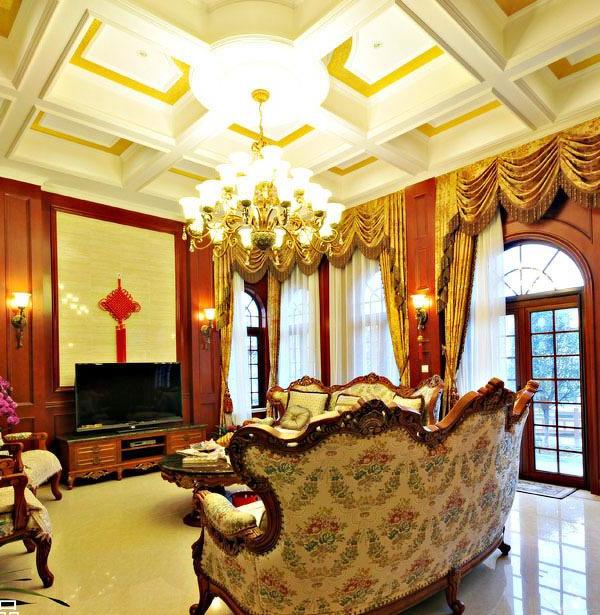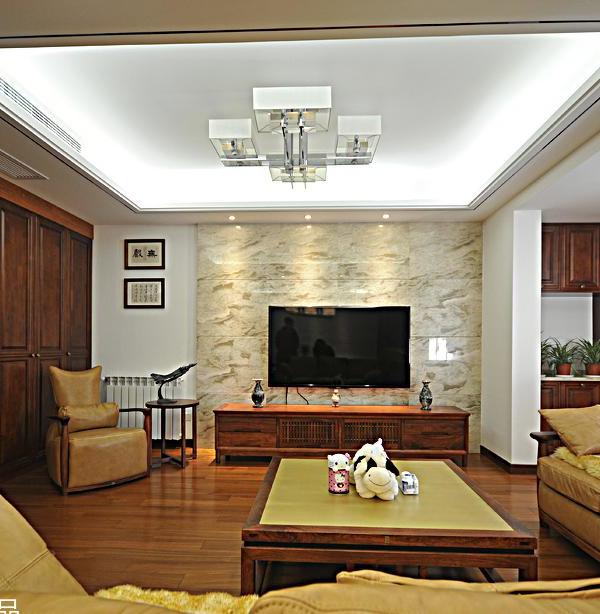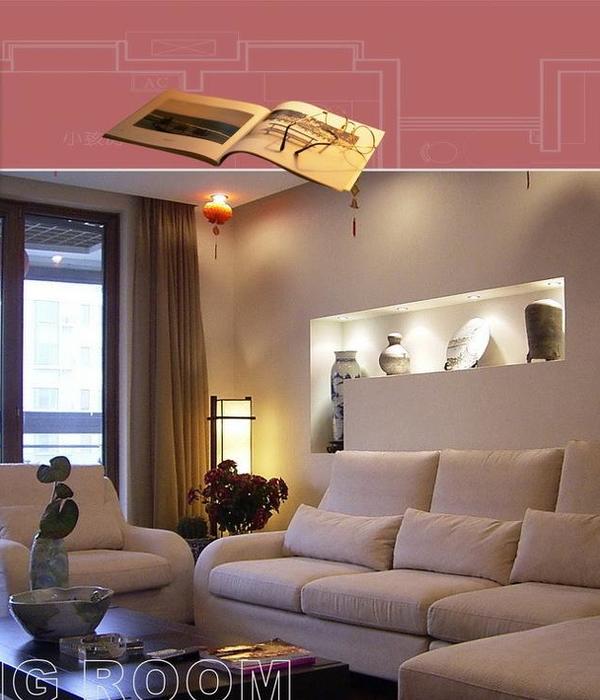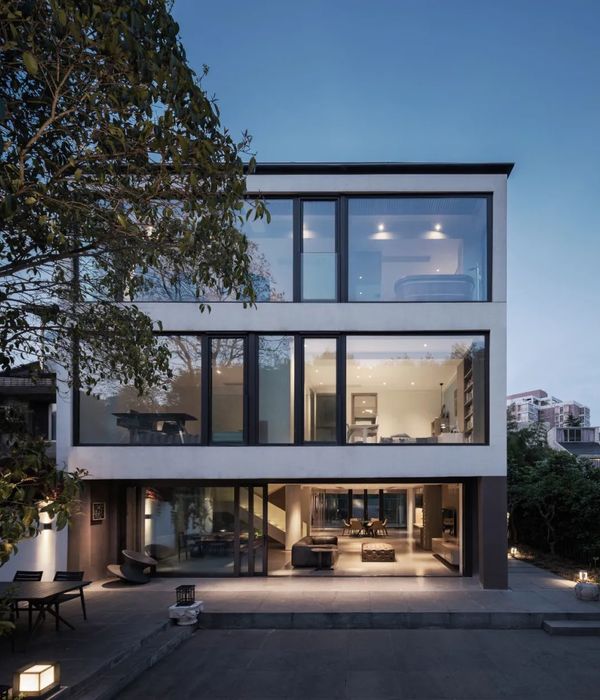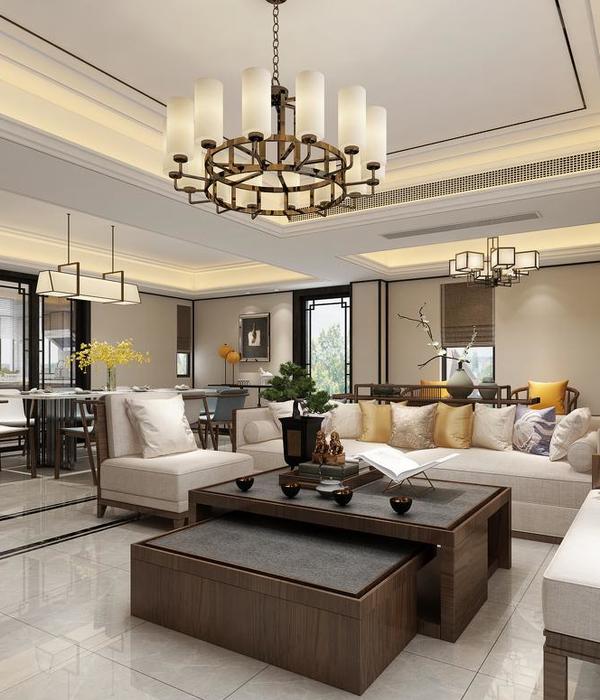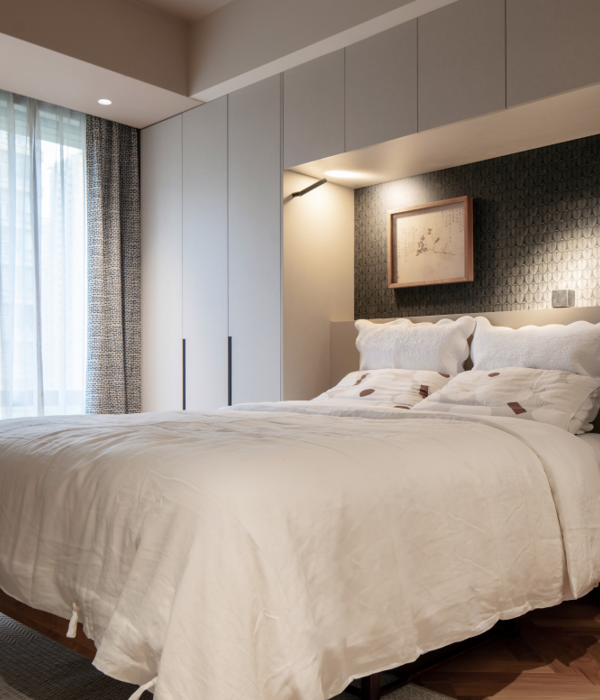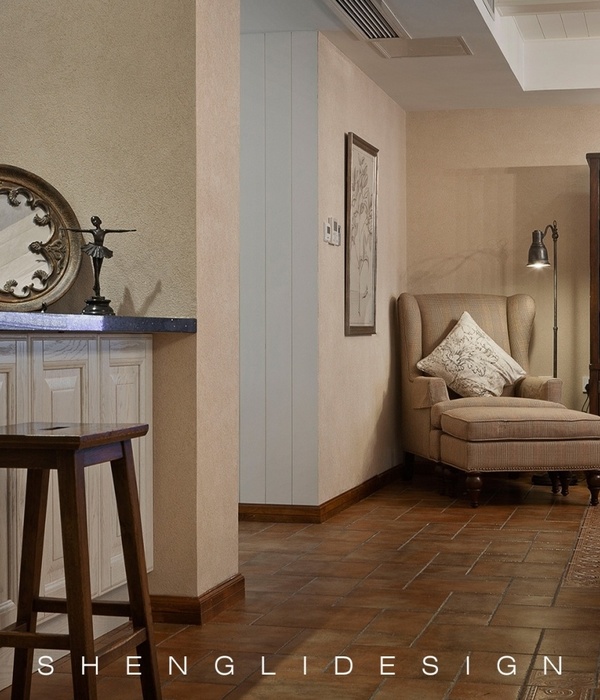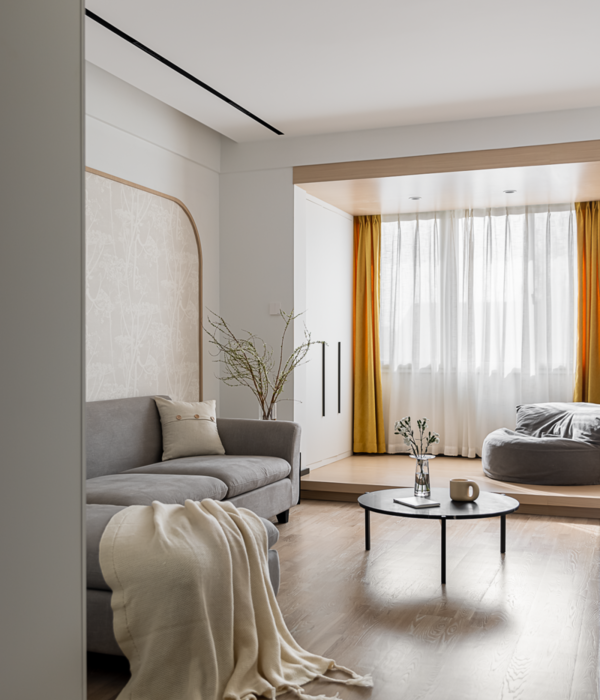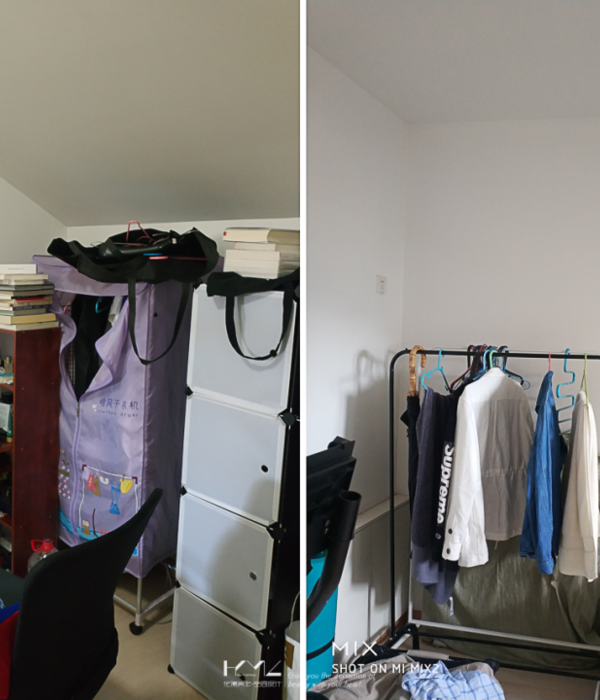华盛顿艺术品收藏家度假住宅 | 日式宁静风格的重塑与演绎
每一处场地、每一栋房子都有其优点和缺点。建筑师的目的是通过对当前两种状态的分离来观察住宅的本质,帮助其再现真实的自我特征。住宅的优势源自原来建筑师Paul Kirk的设计。Paul Kirk是NW设计的创始人,擅长简洁的形式和细节、使用地区特有材料打造洗涤心灵的日式宁静风格。但是住宅在之后几十年重新追寻潮流的装修中,遗失了大部分原有的宁静感。最初正立面的设计也存在着缺憾:住宅像是街道上的一堵白墙,没有窗户和任何建筑特征,入口需要经过车库。设计团队决定按照Paul Kirk的思维模式,向他和拥有这栋潜力住宅的艺术品收藏家致敬。针对沿街墙面和车库的解决方法是重新布置前门,在新的入口窗户和玻璃车库门中突显强烈的水平感。住宅的入口序列呈现为景观中抬高的踏步和富有表现力的手工钢制大门。
▼住宅入口,house entrance ©Alex Hayden

▼住宅入口序列呈现为景观中抬高的踏步和富有表现力的手工钢制大门,an entry sequence for the home was then created by elevating and stepping the landscape and dramatizing the hand-crafted steel door ©Alex Hayden

Every site, every house has its strengths and weaknesses. The architect’s purpose is to see the essence of the home through the distraction of its present state. To help the home reveal its authentic self. In this home, the strength emanated from its original architect, Paul Kirk. Kirk was a founder of NW design: simple forms and details, regionally appropriate materials and a wash of Japanese serenity. Much of this composure was lost in ensuing decades of trendy remodels. There was a period weakness in the original design’s front elevation; the house sat as a blank wall on the street, without windows or architectural features and an entry through the carport. The design team chose to enter the mindset of Paul Kirk, honoring him and the art collectors who owned the potential of this home. The solution for the walled street-side and carport was to relocate the front door and accentuate the strong horizontal in new entry windows and glass garage doors. An entry sequence for the home was then created by elevating and stepping the landscape and dramatizing the hand-crafted steel door.
▼原有住宅像是街道上的一堵白墙,没有窗户和任何建筑特征,入口需要经过车库,the house sat as a blank wall on the street, without windows or architectural features and an entry through the carport

东侧的玻璃墙也是住宅所具有的优势,但是这一引人注目的特点被一处简陋铺装天井所弱化,成为内部隔墙的次要元素。现在这些墙面都被推倒重建,住宅内部也进行清理以便引入自然光线。室内设计的宁静质感,通过新增日本园林中永恒性的元素:松木、石头和苔藓来体现,营造与内部艺术品相同的沉思之意。内部/外部的联系得到进一步加强,让住宅即使占地面积很小却也具有延伸感。每一个元素:材料、精雕细琢的景观、光线都成为建筑的一部分,衬托艺术的同时自身也成为艺术品。
The strength of the home was its east wall of glass, but this dramatic feature emptied onto a paver patio and the windows had become secondary to added interior walls. Those walls were knocked down and the house gutted to bring in the flow of natural light. The serenity of the interiors was reflected by adding Japanese gardens with their timeless elements of pine, stone and moss; inviting the same contemplation as the art within. The inside/outside connection was strengthened, making the house expansive even with its small footprint. Every element; the materials, the sculpted landscape, the light, became part of the architectural composition, supporting and becoming, art.
▼原有住宅东面玻璃墙的优势被简陋铺装的天井弱化,east glass wall of the house emptied onto a paver patio
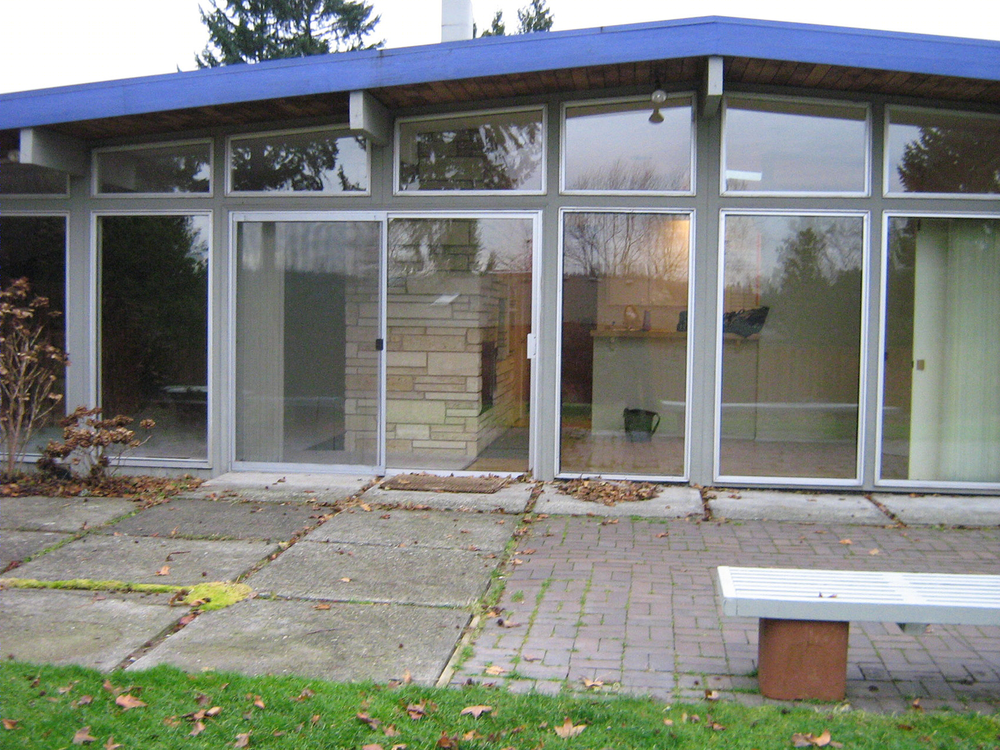
▼室内设计的宁静质感,通过新增日本园林中永恒性的元素:松木、石头和苔藓来体现,the serenity of the interiors was reflected by adding Japanese gardens with their timeless elements of pine, stone and moss ©Alex Hayden

▼日式园林一景,scenery of the Japanese garden ©Alex Hayden
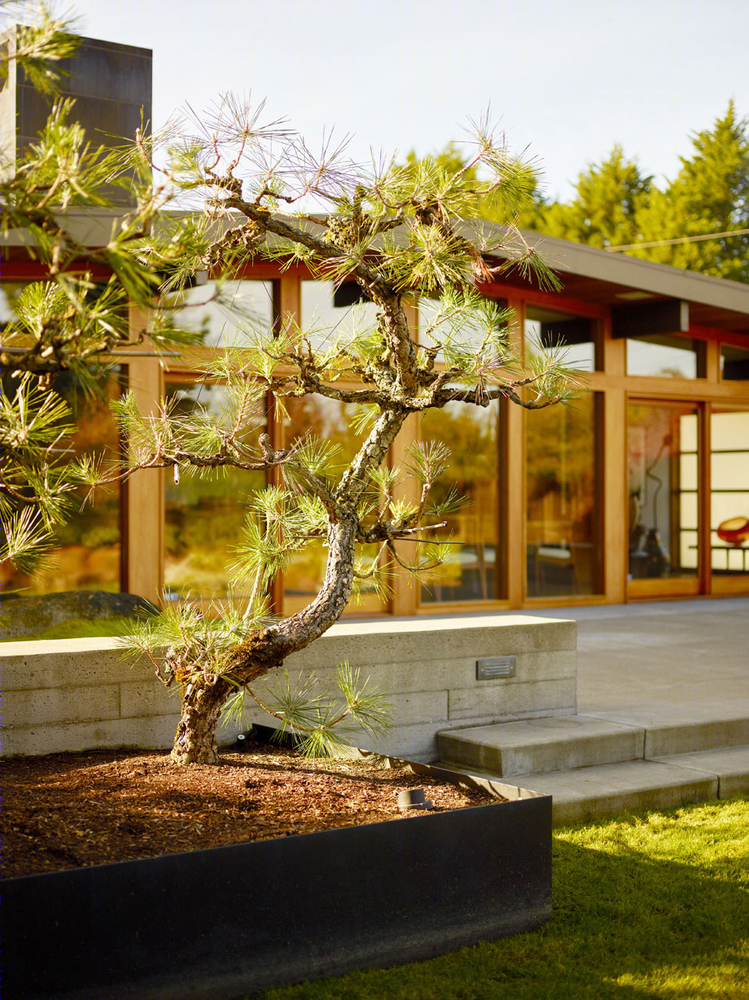
内部充满沉静之感。设计也满足了收藏家极高的审美要求。这栋小房子位于华盛顿Bellevue的Enatai区域,由Paul Kirk在1958年设计。改造、室内设计和景观建筑由Rerucha Studio完成,来自DPSCO的David Shutz负责建造,摄影由Lara Swimmer和Alex Hayden完成。
The effect is composed. The demanding eye of a collector is met by the orchestration of design. Situated in the Enatai neighborhood in Bellevue, Washington, this small home was built in 1958 by Paul Kirk. The renovation, interior design and landscape architecture was done by Rerucha Studio, with construction by David Shutz of DPSCO. Images by Lara Swimmer and Alex Hayden.
▼庭院景色引入起居室内部,the garden scenery into the living room ©Alex Hayden
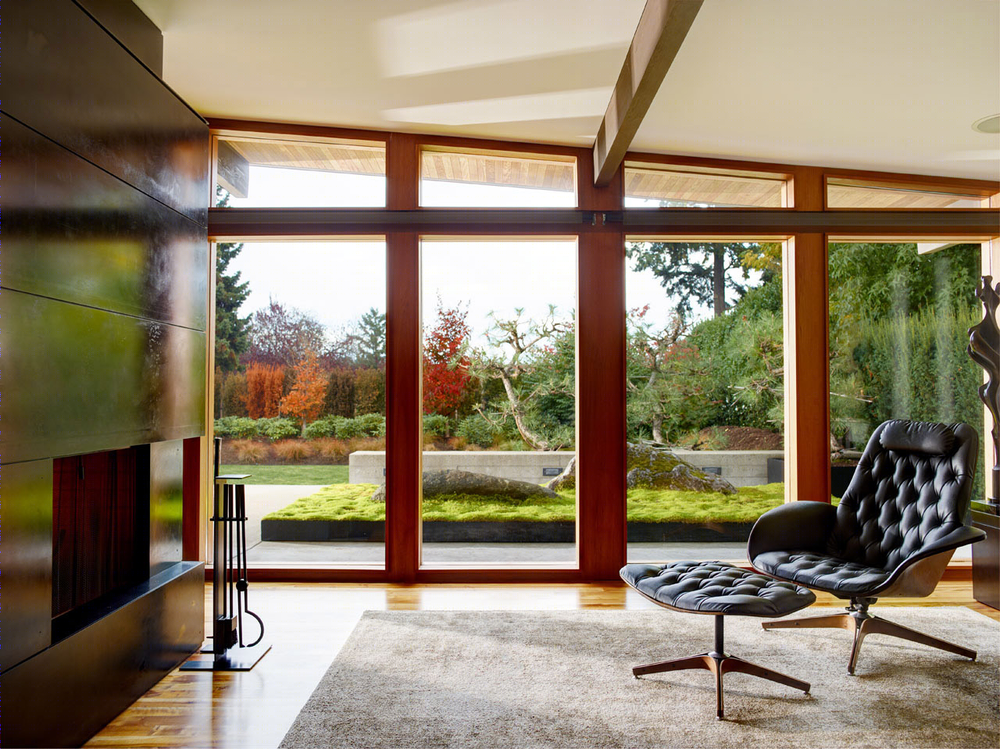

▼厨房及餐厅,kitchen and dinning room ©Lara Swimmer
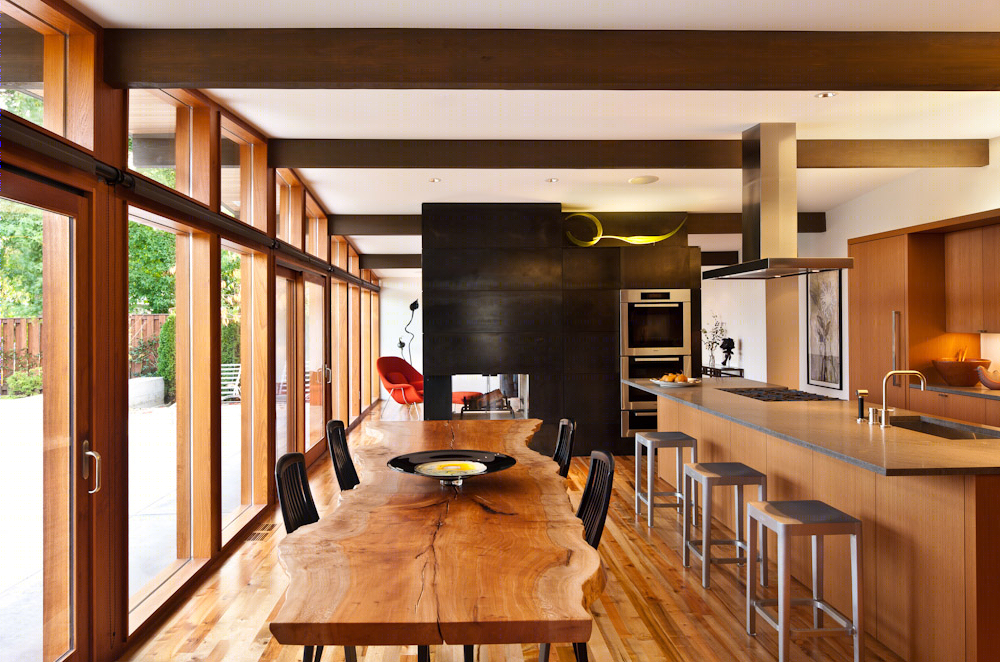
▼洗手间,bathroom ©Lara Swimmer
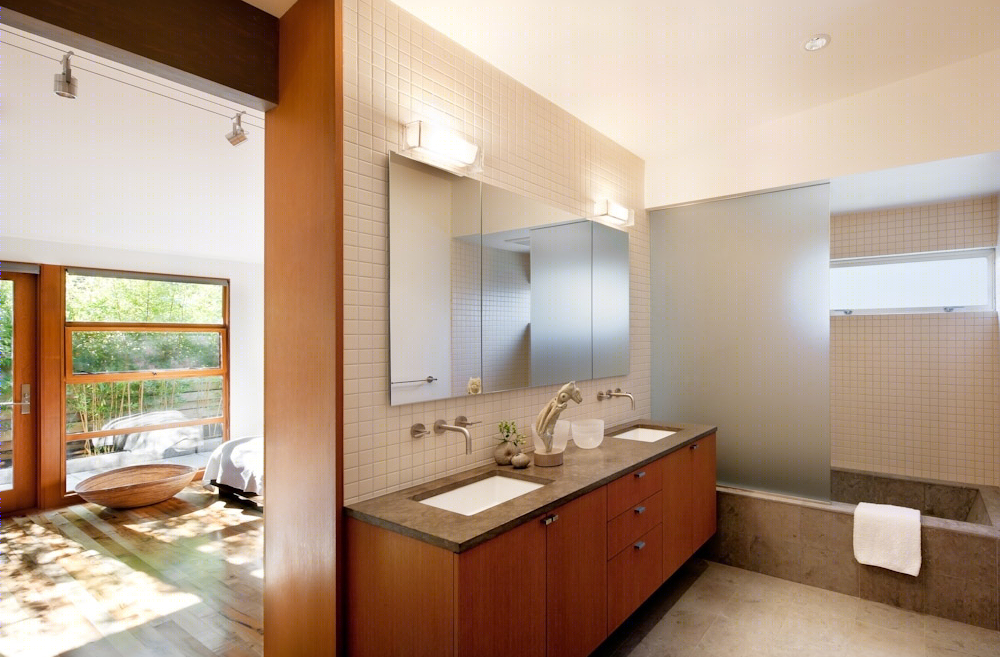
▼住宅夜景,night view of the house ©Alex Hayden
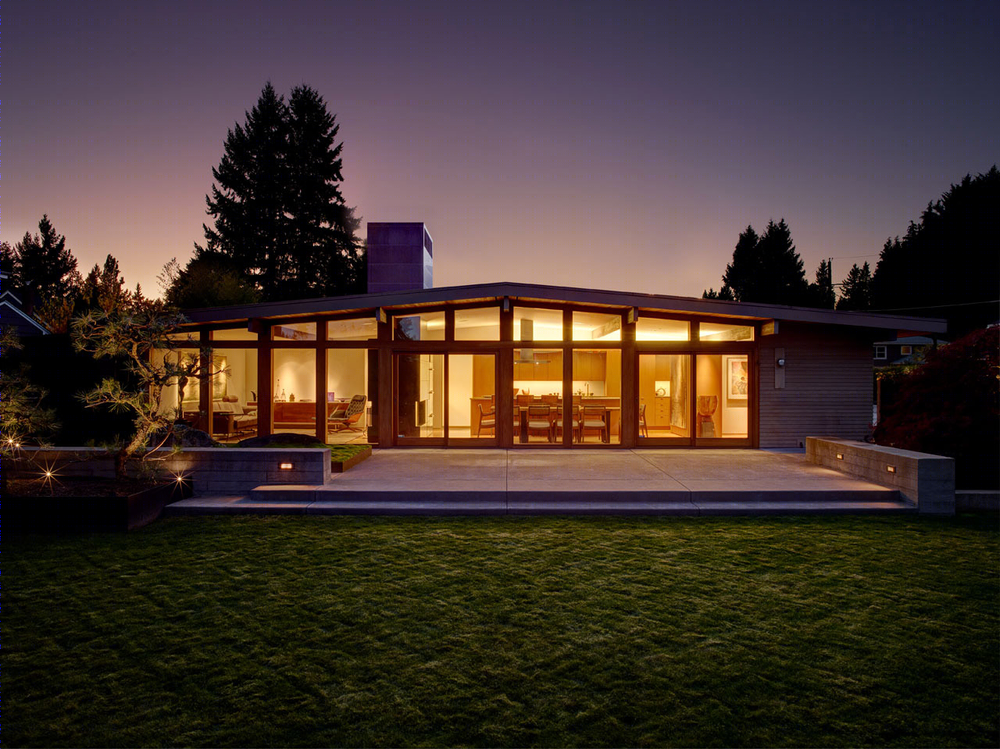
▼草图,sketch
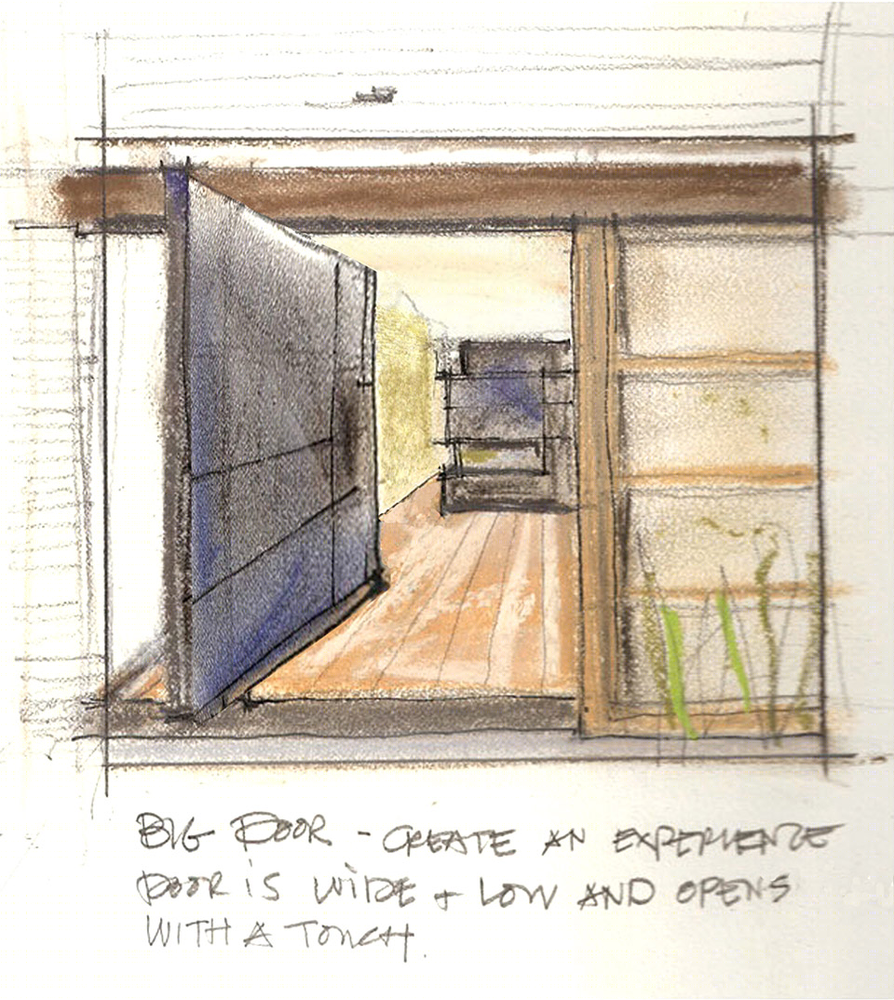
▼平面图,plan
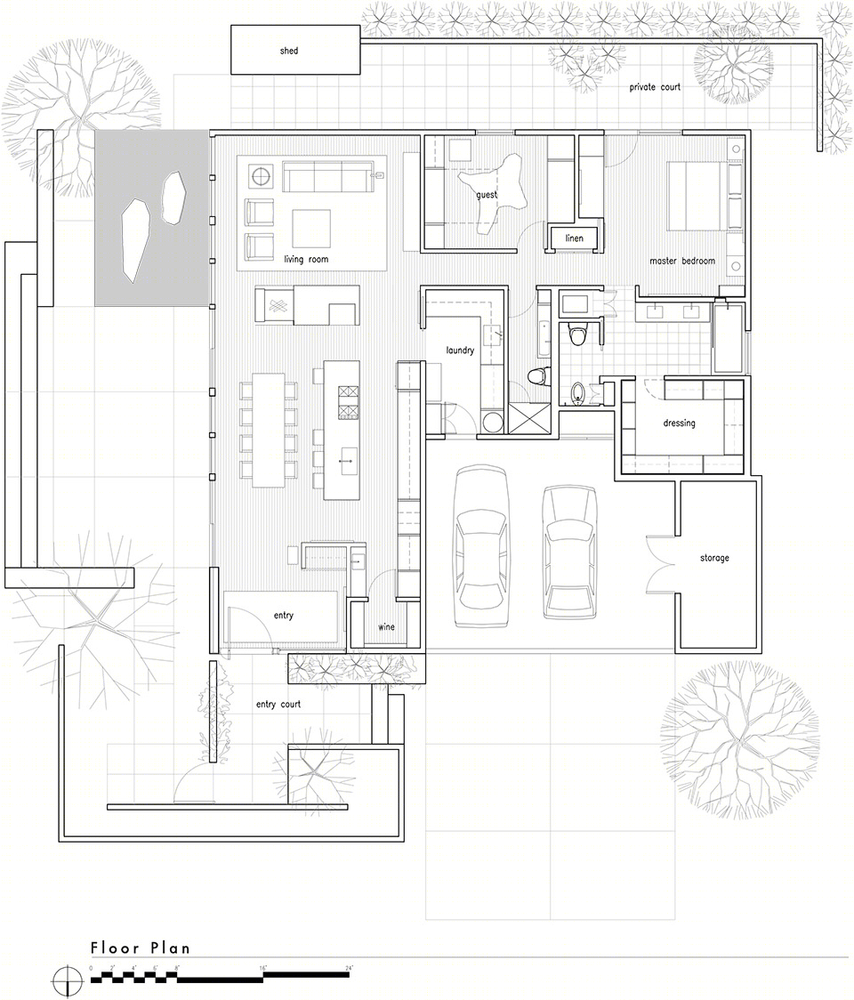
▼东立面,east elevation

▼街道立面,street elevation



